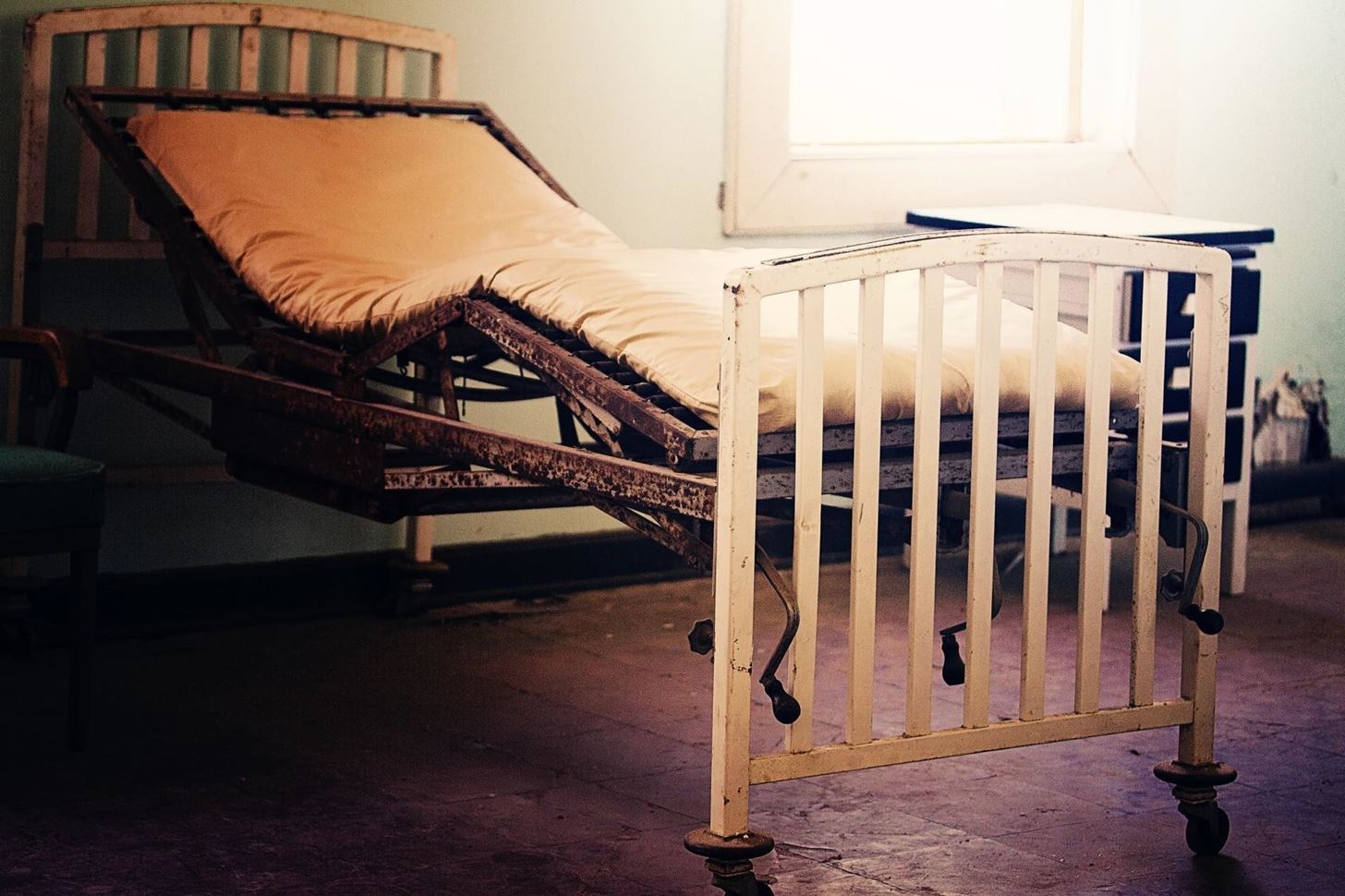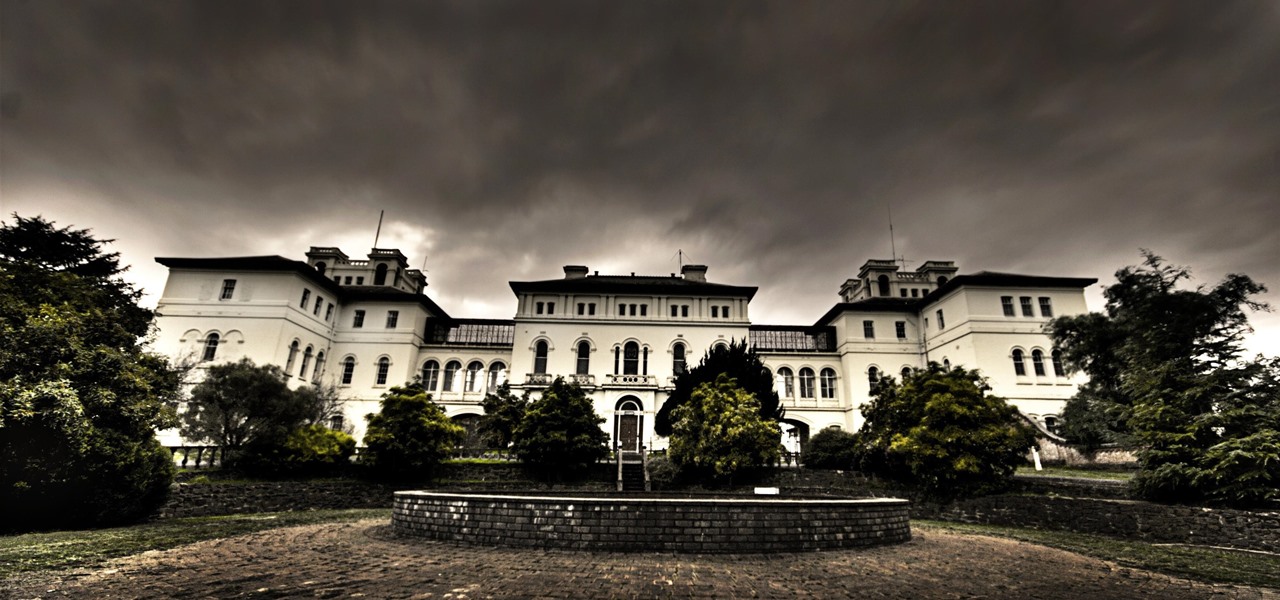According to Dr. Lindsey Fitzharris of The Chirurgeon's Apprentice, hospitals during the first half of the nineteenth century were known as "Houses of Death."
Victorian hospitals were breeding grounds for infection. The sick and dying were often given little ventilation and clean water. The hospitals were extremely crowded, dirty, and were barely managed. The sick would often lie in their own (and others') filth before one of the few, or maybe the only, surgeon was able to examine them.
Hospitals had a "Chief Bug-Catcher" whose job was to rid the mattresses of lice and was paid more than even the hospital's surgeons during the eighteenth century. "Bug Destroyer" Andrew Cooke claimed to have cleared 20,000 beds of bed bugs during his career.
Visitors to Victorian hospitals sometimes found mushrooms and live maggots in between the sheets. Apparently, patients accepted this to be the norm. Victorian hospitals also had "a sickening odor"; The smell of piss, shit, and vomit permeated the air.
Even doctors during this time didn't seem to mind the grime. They even embraced their predecessors' dirty clothing in the operating room. A frock stiff with "dried blood and pus" was like a "badge of honor" for surgeons, according to an account by Berkeley Moynihan, one of the first English surgeons to wear rubber gloves.
During the nineteenth century it was considered safer to have surgery at home than in a hospital. Morality rates in a Victorian hospital were "three to five times higher than they were in domestic settings," Fitzharris writes. The ones who did have surgery at a hospital were between life and death, and very few patients recovered from a surgery without an infection. This was a time without antibiotics. Most died, few even got back to partial health.

Obstetrician James Y. Simpson once suggested periodically tearing down a hospital and then building it anew to get rid of all disease. Fitzharris noted that he once wrote:
Once a hospital has become incurably pyemia-stricken, it is impossible to disinfect it by any known hygienic means, as it would to disinfect an old cheese of the maggots which have been generated in it.
Only when the germ theory of disease and antiseptics came into common use did hospitals become places of healing.
Check out Fitzharris's full post on The Chirurgeon's Apprentice, and pre-order her book The Butchering Art, for more gory details about historical medicine.
Just updated your iPhone? You'll find new emoji, enhanced security, podcast transcripts, Apple Cash virtual numbers, and other useful features. There are even new additions hidden within Safari. Find out what's new and changed on your iPhone with the iOS 17.4 update.



























Be the First to Comment
Share Your Thoughts